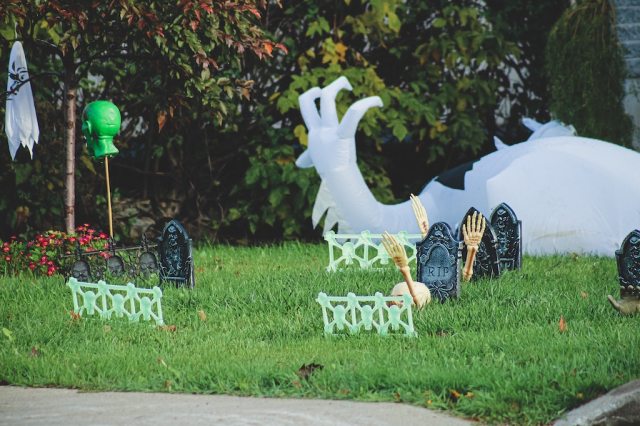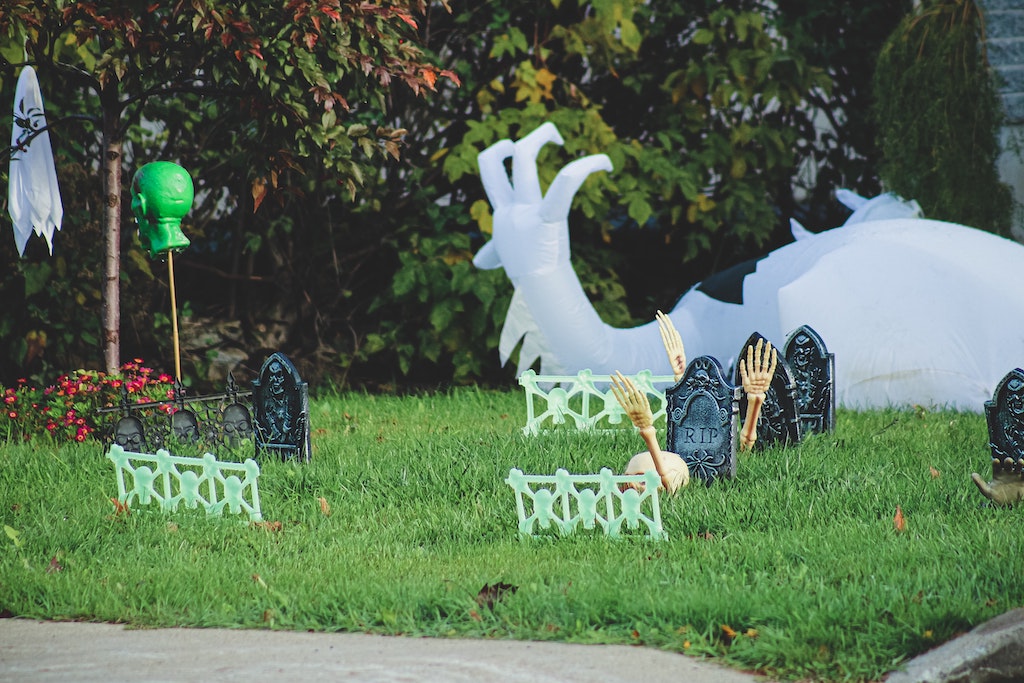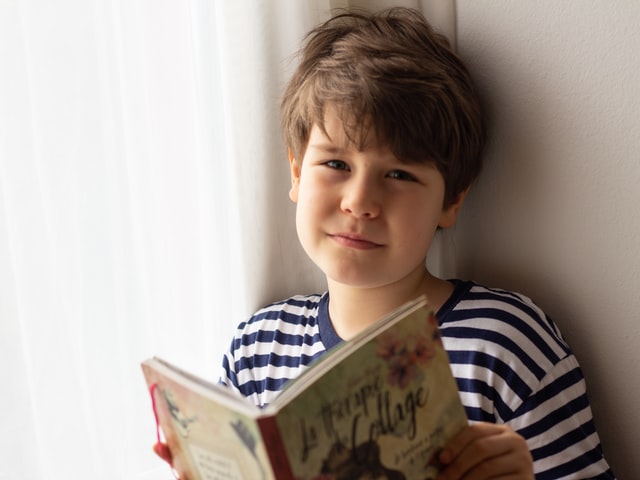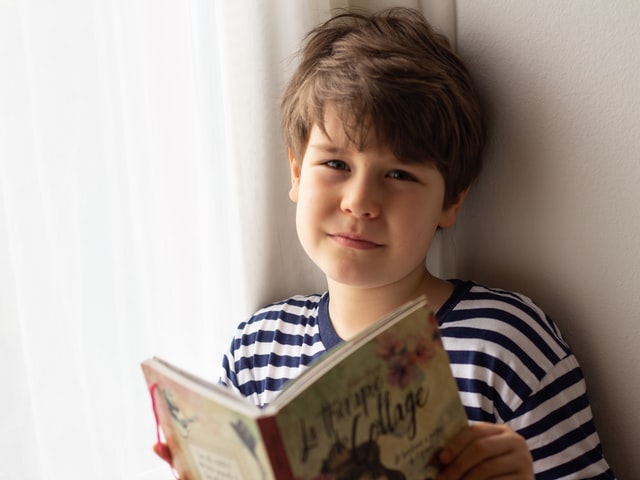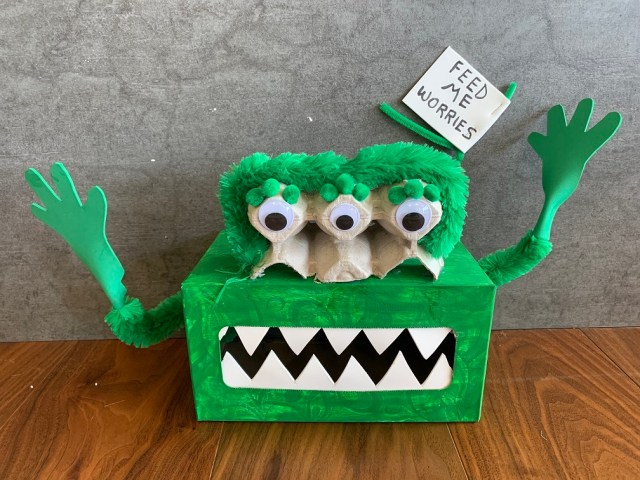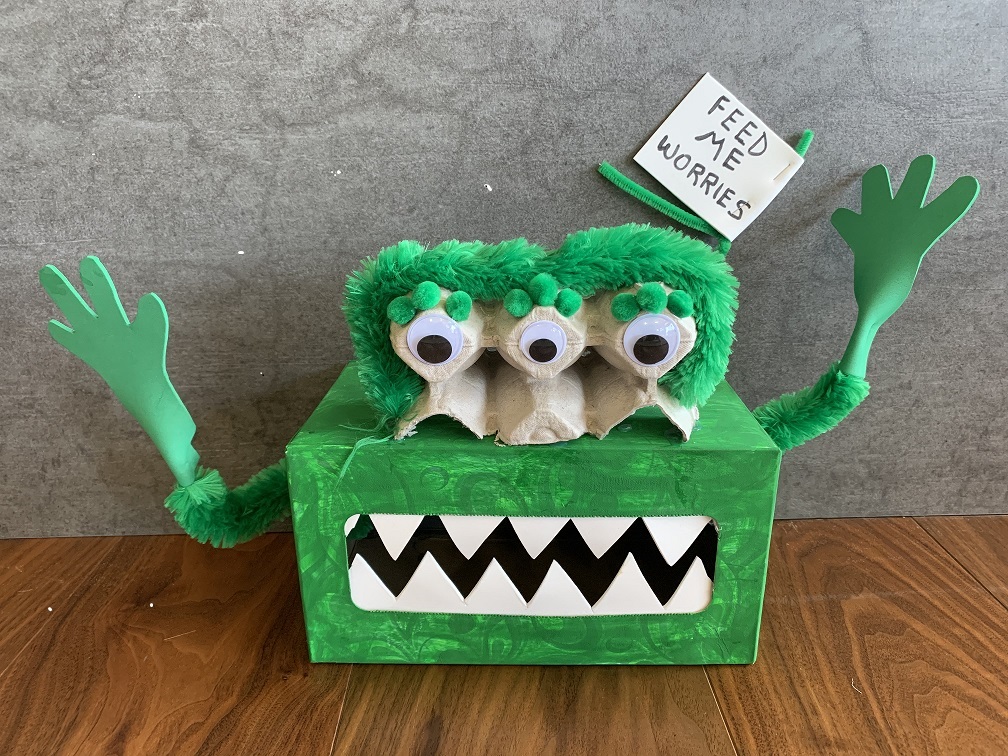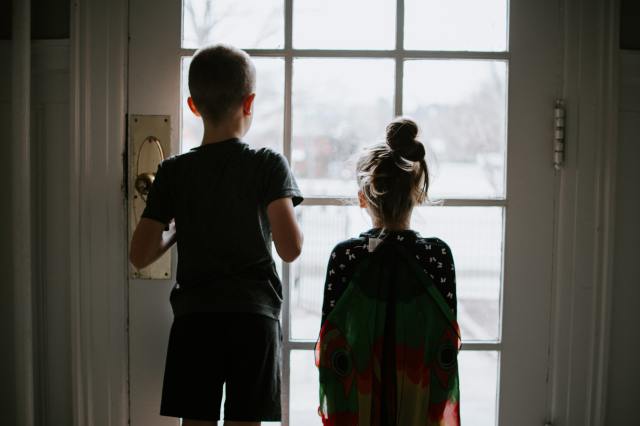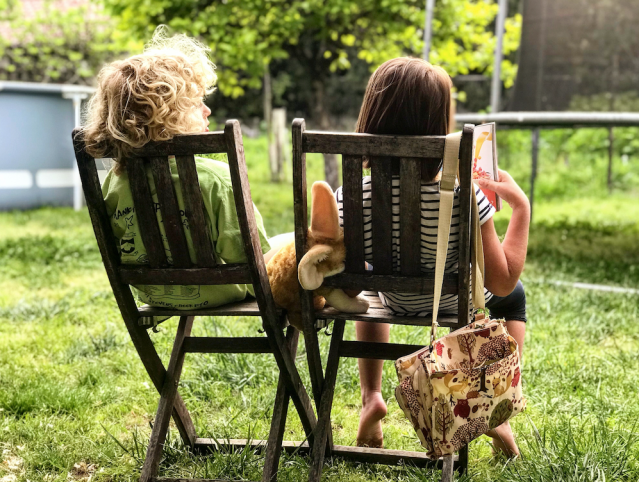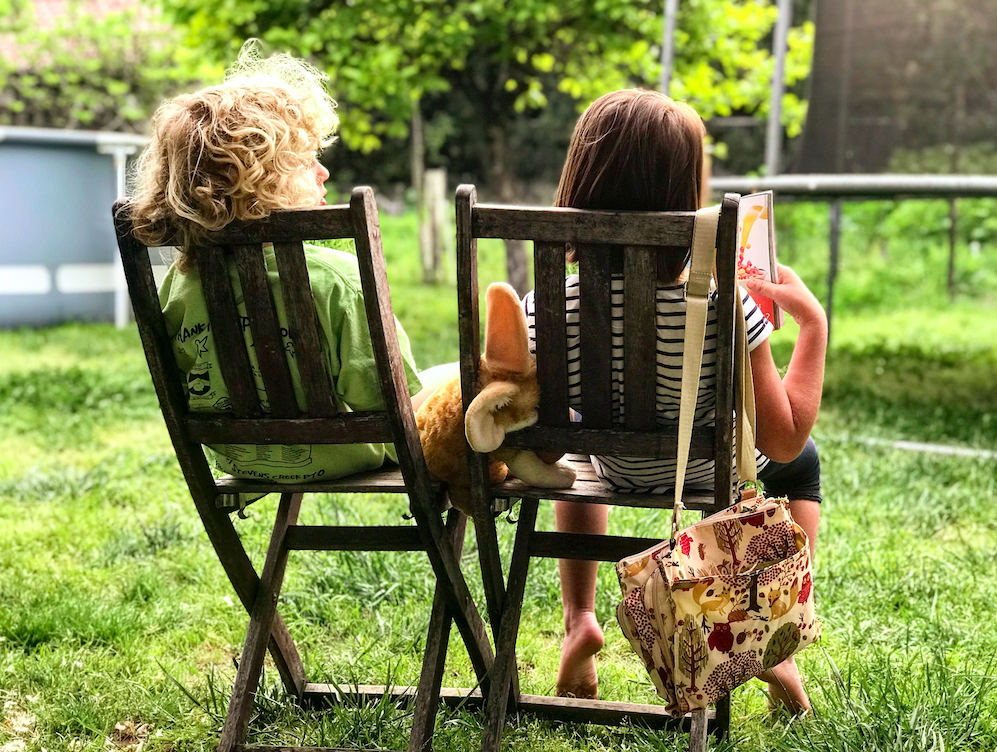Last year I wrote a popular article on using scheduled “Worry Time” to help shrink kid’s anxiety. One common response was that parents need their own “Worry Time” too. “We are as stressed as our kids!” wrote one mom. And I agree. Therefore, this article is for all parents who want to have less worry and more fun.
There are hundreds of reasons parents get stressed. Too many expectations of self, too much food, altered routines, visits with relatives, and money concerns are just a few of the stressors. And you probably have kids who are needier than usual, partly because they pick up on their parents’ levels of worry.
The most useful and best researched anti-worry techniques come from Cognitive Behavioral Therapy (CBT). These strategies include talking back to the worry, holding the worry in a box, and scheduling worry time. The last two techniques are best understood as containing the worry.
Containing Worry
Imagine an immature dandelion flower. The seeds are contained in the seed head and do not scatter. Now imagine a fully mature dandelion seed head which is round, white, and fluffy with parachute-like seeds. The slightest wind will scatter the seeds everywhere—all over the yard, next door, and down the street. Soon there are hundreds of dandelions coming up. If only you could contain those dandelion seed before they spread.
Now imagine those seeds are your worries. You can’t contain a field of mature dandelion seeds, but you can contain your worries (which makes them more manageable). Excellent techniques include naming the worries and then containing them in time or space. These very effective strategies are widely used for both kids and adults. This article is about containing worries in time for adults (parents). Containing worries in space for adults will be the subject of another article.
Steps for Scheduled Worry Time: The Parent Version
The steps for scheduling “Worry Time” with kids is outlined in my previous article. The steps include scheduling the worry, explaining the worry to the child, using the One Rule, and what to do when it isn’t worry time. These same steps can be adapted and be as effective for parents.
Step One: Schedule Worry
Do you have trouble giving yourself any “Me Time”? Of course you do! Yet, this is one of the biggest gifts you can give yourself and your family. In order for this to work, you have to pick a time that is just for you and then take it! The amount of time could be from 20 to 60 minutes for you to sit quietly and be undisturbed. Some people actually sit in their car, go to a library, wait until everyone is in bed, or ask their spouse to “contain” the kids.
Set a timer for how much time you have given yourself. Then focus only on your worries during that time. Write about them in a journal or draw them in an art book. You are not to worry whether your writing or art is good quality. No one will see it but you and you are just using the paper medium to get the worries out of your head and onto paper. When the timer goes off, put away your tools and resume your life. Your worries are now safely contained on the paper.
Step Two: Understand What You are Doing
Just like explaining “Worry Time” to your children, you need to understand what you are doing. You are giving yourself time to control your worries by putting them down on paper through words or art. You may wonder whether bringing up all these worries will only make things worse. The answer is no. You are taking charge of the worries by naming them, getting them out of your head, and then not thinking about them after the timer goes off.
Step Three: The One Rule
There is only one very big rule with “Worry Time.” When it is not “Worry Time,” you will work very hard to push your worry thoughts away. You may not talk to your family and friends about your worries (within reason). Instead you need to distract yourself with other things. Ask yourself whether worrying 24/7 really accomplishes anything. And remind yourself that you can focus on your worries during your scheduled time.
Step Four: What to Do When It Isn’t Worry Time
Now you need to think of other things to do when it isn’t scheduled Worry Time. Here are some ideas:
- Write or draw the worry and put the paper into a jar
- Imagine putting the worry in a safe and locking it up
- Exercise
- Call a friend (you may not talk about your worries)
- Read a book or go to a movie
- Do something fun
The important part is that you try not think of your worries during the 23 or so hours you are taking off from worrying. You can tell yourself that you will return to “Worry Time” the next day.
Some adults find they need to schedule two “Worry Times” per day as they begin. Soon they may find they can space out the “Worry Time” to once a day. Hopefully you will get to the point where you don’t have that many worries to write down. That’s good news. Then you can change the “Worry Time” to “Me Time” and just think about what you want to do with your new time. If your worries do not get better, do not hesitate to get professional help.
That’s it! If you can provide “Worry Time” for your kids, you certainly can provide it for yourself. Give yourself this gift of containing your worries this year. Your family will thank-you.
Sally Baird, PhD, is a retired child psychologist and co-author of the book Shrinking the Worry Monster, A Kid’s Guide for Saying Goodbye to Worries. See her website and blog at http://www.drsallyb.com. She is available for zoom events about anxiety, sleep, and children throughout the year.









